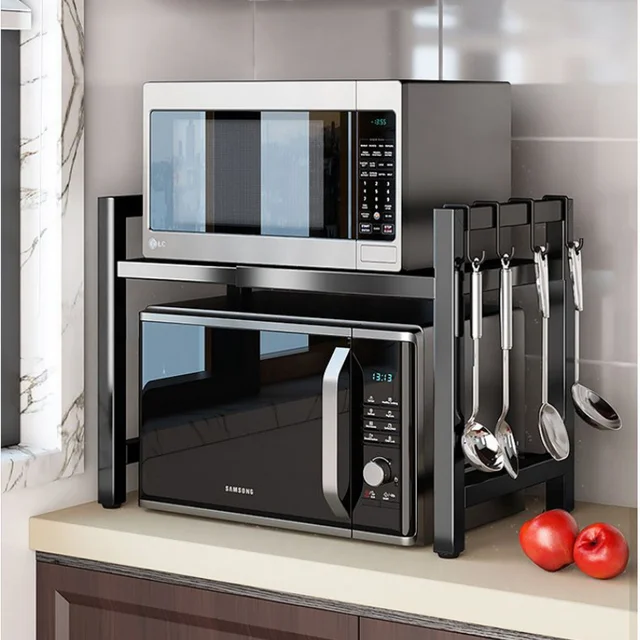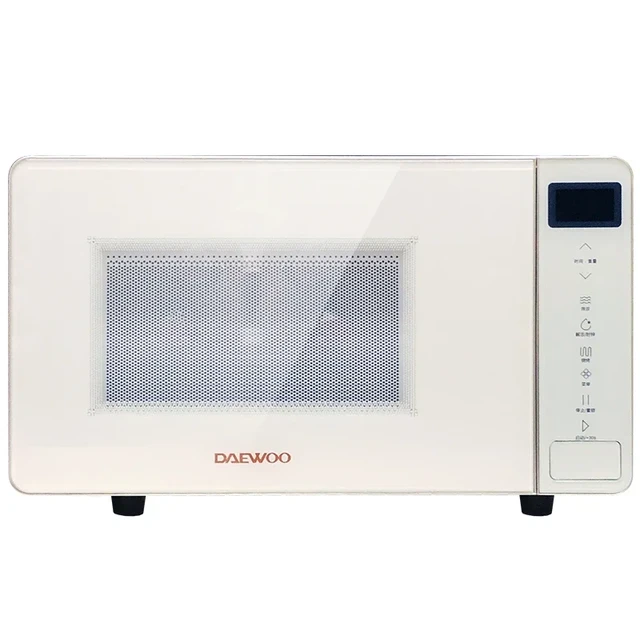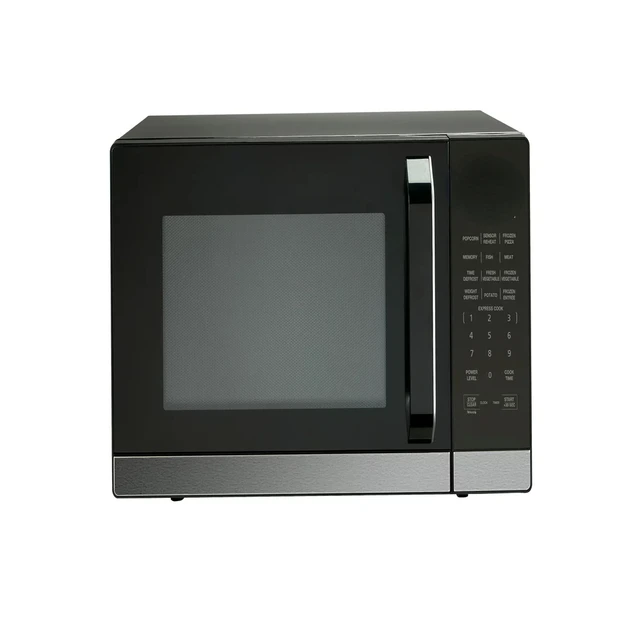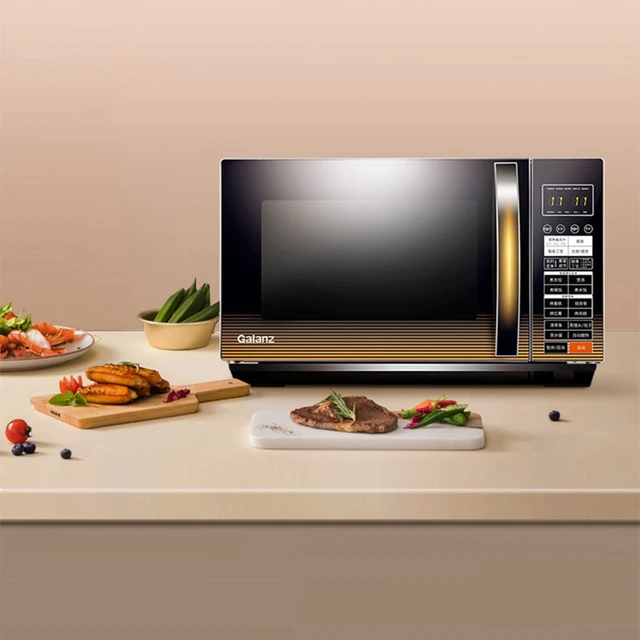Introduction:
How to cook oatmeal in microwave – In 2024 cooking oatmeal in the microwave is a quick and convenient way to prepare a nutritious breakfast. This comprehensive guide provides detailed steps, tips, and variations to help you make perfect microwave oatmeal every time. Whether you prefer rolled oats, steel-cut oats, or quick oats, understanding the process ensures a delicious result.

How to Cook Oatmeal in Microwave?
Choosing Your Oats
Different types of oats have unique textures, cooking times, and nutritional benefits.
Rolled Oats: Rolled oats, also known as old-fashioned oats, are steamed and flattened. They have a chewy texture and take about 2-3 minutes to cook in the microwave.
Steel-Cut Oats: Steel-cut oats are minimally processed, offering a nutty texture and longer cooking time. They typically require 7-10 minutes in the microwave, often with periodic stirring.
Quick Oats: Quick oats are pre-cooked and thinner than rolled oats, making them faster to cook. They usually take 1-2 minutes in the microwave.
Gluten-Free Oats: For those with gluten intolerance, gluten-free oats are available. Ensure the packaging specifically states “gluten-free” to prevent cross-contamination.
Preparing Ingredients and Tools
Gathering the right tools and ingredients is crucial for efficient oatmeal preparation.
Ingredients:
- Oats of your choice (rolled, steel-cut, or quick oats)
- Water or milk (dairy or plant-based)
- Pinch of salt (optional)
- Sweeteners (honey, maple syrup, sugar) and toppings (fruits, nuts, seeds)
Tools:
- Microwave-safe bowl
- Measuring cups and spoons
- Spoon for stirring
- Microwave cover or plate for preventing spills

Cooking Rolled Oats in the Microwave
Follow these steps to cook rolled oats perfectly in the microwave.
Step 1: Measure and Combine Ingredients
Measure Ingredients: Measure ½ cup of rolled oats and place them in a microwave-safe bowl. Add 1 cup of water or milk. Water offers a lighter texture, while milk provides creaminess.
Add Salt: For enhanced flavor, add a pinch of salt. This step is optional but recommended.
Step 2: Microwave the Oats
Set Cook Time: Place the bowl in the microwave and set the timer for 2-3 minutes. Start with 2 minutes and check the consistency, adding more time if necessary.
Monitor and Stir: Microwave on high, monitoring the oats to prevent overflow. Stop and stir the oats halfway through cooking to ensure even heating.
Step 3: Check and Serve
Check Consistency: After microwaving, carefully remove the bowl (it may be hot). Check the consistency; if the oats are too thick, add a splash of milk or water and stir.
Add Sweeteners and Toppings: Enhance your oatmeal with sweeteners like honey or maple syrup and toppings like fresh fruit, nuts, seeds, or spices.

Cooking Steel-Cut Oats in the Microwave
Steel-cut oats require a longer cooking time and more attention for perfect results.
Step 1: Measure and Combine Ingredients
Measure Ingredients: Measure ¼ cup of steel-cut oats and place them in a microwave-safe bowl. Add 1 cup of water or milk.
Add Salt: Add a pinch of salt to enhance the flavor.
Step 2: Microwave the Oats in Intervals
Initial Cooking: Place the bowl in the microwave and set the timer for 3 minutes. Microwave on high, monitoring to prevent spills.
Stir and Continue Cooking: After 3 minutes, stir the oats thoroughly. Continue microwaving in 2-minute intervals, stirring each time, until the oats reach your desired consistency. This usually takes 7-10 minutes.
Step 3: Check and Serve
Check Consistency: Check the oats’ texture; they should be creamy yet chewy. If needed, add more liquid and microwave for additional intervals.
Add Sweeteners and Toppings: Mix in your preferred sweeteners and toppings for added flavor and nutrition.
Cooking Quick Oats in the Microwave
Quick oats offer the fastest cooking time and a softer texture.
Step 1: Measure and Combine Ingredients
Measure Ingredients: Measure ½ cup of quick oats and place them in a microwave-safe bowl. Add 1 cup of water or milk.
Add Salt: For a flavorful touch, sprinkle a pinch of salt.

Step 2: Microwave the Oats
Set Cook Time: Microwave on high for 1-2 minutes. Start with 1 minute and adjust based on the desired texture.
Monitor and Stir: Watch the oats closely to prevent overflow. Stir halfway through cooking for even heating.
Step 3: Check and Serve
Check Consistency: Remove the bowl carefully and check the consistency. Add more liquid if necessary and stir well.
Add Sweeteners and Toppings: Top your quick oats with sweeteners and delicious toppings for a customized meal.
Troubleshooting Common Issues
Addressing common issues ensures a smooth cooking process and perfect results.
Preventing Overflow: Use a large, microwave-safe bowl and reduce the power setting slightly if overflow occurs. A microwave cover or plate can catch spills and prevent messes.
Adjusting Consistency: For thicker oats, reduce the liquid amount slightly or cook longer. For creamier oats, increase the liquid or add a splash after cooking.
Avoiding Burnt Edges: Stir the oats frequently during cooking to prevent edges from burning and ensure even heating.
User Insights and Experiences
Learning from user experiences provides practical tips and insights.
Positive Feedback on Convenience: Users appreciate the convenience and speed of microwave oatmeal. It fits well into busy morning routines without compromising nutrition.
Favorite Additions: Commonly recommended additions include cinnamon, berries, nuts, seeds, and protein powder. These not only enhance flavor but also boost nutritional value.
Customizable Texture: Users enjoy the ability to customize the oatmeal’s texture by adjusting liquid ratios and cooking times. This adaptability caters to different preferences.
Exploring Variations and Enhancements
Experimenting with variations enhances the flavor and nutritional profile of your oatmeal.
Flavorful Additions: Incorporate flavored liquids like coconut milk, almond milk, or flavored coffee creamer to add unique twists. Spices like cinnamon, nutmeg, or vanilla extract further elevate the taste.
Savory Oatmeal: Try savory toppings such as sautéed vegetables, avocado, cheese, or a poached egg for a hearty and filling meal. Season with herbs and spices for an extra kick.
Nutrient Boosters: Add nutrient-rich ingredients like chia seeds, flaxseeds, or a dollop of Greek yogurt to increase protein, fiber, and omega-3 content.

Tips for Perfect Microwave Oatmeal – how to stop oatmeal from overflowing in microwave
- Adjust Liquid: Depending on your preference, adjust the liquid amount for creamier or thicker oatmeal. More liquid will yield a softer consistency.
- Avoid Boiling Over: Use a large enough bowl to prevent the mixture from boiling over. You can also place a microwave-safe plate underneath to catch any spills.
- Covering: Some people prefer to cover the bowl loosely with a microwave-safe lid or plastic wrap (vented) to prevent splatters while cooking. Be careful when removing the cover as steam can be hot.
- Experiment with Flavors: Don’t be afraid to try different combinations of fruits, nuts, and spices. Banana and peanut butter, apple and cinnamon, or berries and chia seeds are all delicious options.
- Healthier Options: Opt for unsweetened milk alternatives and natural sweeteners like fresh fruit or a small amount of honey to keep your oatmeal healthy.
Considering Nutritional and Health Aspects
Oatmeal offers numerous nutritional benefits, making it a perfect choice for a healthy breakfast.
High in Fiber: Oats are rich in soluble fiber, promoting digestive health and aiding in cholesterol management. Regular consumption supports heart health and regulates blood sugar levels.
Potential Allergen Considerations: For those with gluten intolerance, ensure you use certified gluten-free oats. Check labels for any potential allergens or additives, especially in flavored or instant varieties.
Professional Recommendations and Insights
Professional insights provide additional guidance for optimal oatmeal preparation.
Dietitian Advice: Dietitians recommend oatmeal as a nutritious breakfast option, rich in fiber, vitamins, and minerals. They suggest combining oats with protein sources and healthy fats for a balanced meal.
Culinary Tips: Chefs suggest experimenting with different liquid ratios, spices, and toppings to create diverse and flavorful oatmeal dishes. They emphasize proper stirring and monitoring for even cooking.
Comparing Microwave vs. Stovetop Oatmeal – how to stop porridge overflowing in microwave
Understanding the differences between microwave and stovetop oatmeal can help you choose the best method.
Microwave Oatmeal:
- Advantages: Quick, convenient, and minimal cleanup. Ideal for busy mornings and easy portion control.
- Drawbacks: Requires monitoring to prevent overflow, may have less control over texture compared to stovetop.
Stovetop Oatmeal:
- Advantages: Greater control over texture and consistency, versatile cooking methods, and potential for larger batches.
- Drawbacks: Takes longer to cook, requires more attention and cleanup.
Considering Environmental and Health Aspects
Microwave oatmeal preparation also has environmental and health implications.
Energy Efficiency: Microwave cooking is energy-efficient, reducing the time and energy consumed compared to stovetop methods. This eco-friendly approach supports sustainable kitchen practices.
Health Benefits: Oatmeal’s rich fiber content, vitamins, and antioxidants contribute to overall health and wellness. Proper preparation ensures you retain these nutritional benefits.
Conclusion
Cooking oatmeal in the microwave is a quick, convenient, and nutritious way to start your day. Understanding the different types of oats, following detailed steps, troubleshooting common issues, and incorporating user insights ensure perfect results every time. Exploring variations, considering nutritional benefits, and comparing cooking methods further enhance your oatmeal experience. Whether you prefer the simplicity of quick oats or the hearty texture of steel-cut oats, microwave oatmeal offers a versatile and satisfying meal that caters to diverse tastes and dietary needs. Embrace the ease of microwave cooking and enjoy the benefits of delicious, homemade oatmeal tailored to your preferences.

